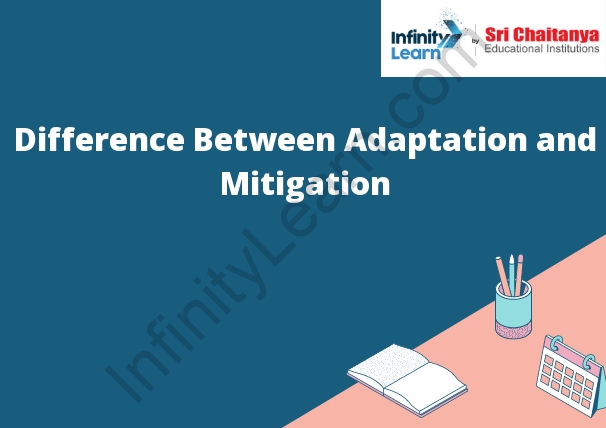Difference between adaptation and mitigation
The main difference between adaptation and mitigation is that adaptation is focused on managing the risks and impacts of climate change, while mitigation is focused on reducing the emissions that cause climate change. Another key difference is that adaptation is reactive, while mitigation is proactive.
Mitigation measures seek to reduce the amount of greenhouse gases emitted into the atmosphere, while adaptation measures seek to manage the risks and impacts of a changing climate. Mitigation measures can include things like energy efficiency measures, switching to renewable energy sources, and planting trees. Adaptation measures can include things like building seawalls to protect coastal communities from flooding, developing drought-resistant crops, and creating early warning systems for extreme weather events.
Both adaptation and mitigation are important, and we need to do both if we want to avoid the worst effects of climate change. Mitigation measures are important because they can help to reduce the amount of greenhouse gases in the atmosphere, and this is essential if we want to avoid dangerous levels of climate change. Adaptation measures are important because they can help us to manage the risks and impacts of a changing climate. We are already seeing the effects of climate change, and it is important to take steps to adapt to these changes.






